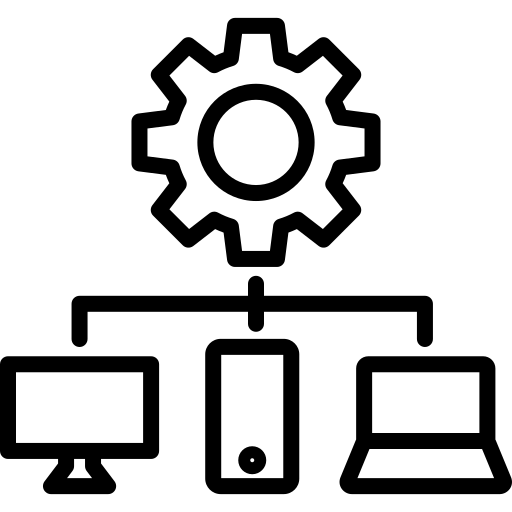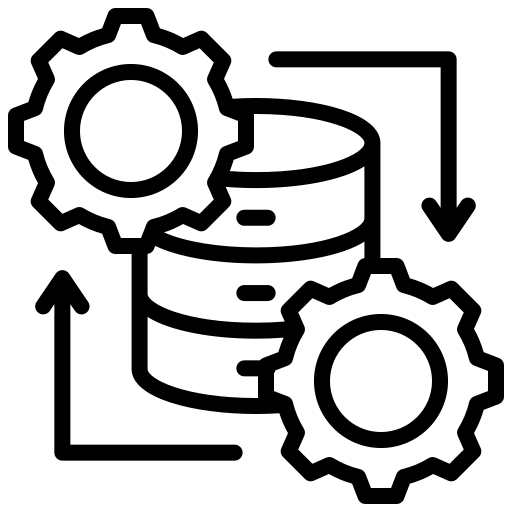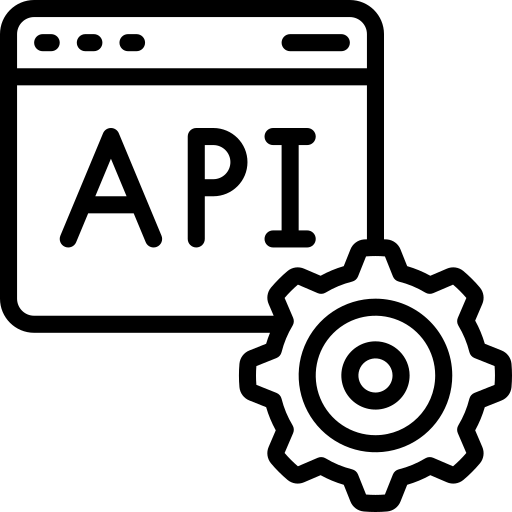Cloud for IoT
Cloud Implementation for IoT
Build, scale, and secure your IoT business with Thingularity’s comprehensive IoT cloud capabilities designed for enterprise scalability, security and reliability.
IoT applications utilize a diverse array of sensors, actuators, and devices that operate across numerous technologies and communication protocols. The sheer number of devices, the variety of protocols, and the high volume and rapid flow of data necessitate IoT-Cloud services to have specialized, purpose-built cloud architectures. These architectures must prioritize:
- Robustness
- Scalability
- Agility with minimal latency
- A high degree of security
Thingularity provides end to end cloud enterprise cloud services for IoT applications for all industries, while ensuring that the various components of the IoT system work seamlessly within the cloud ecosystem as well as with the external agents of the overall IoT landscape.
Services

Device Management & Connectivity
- Integrated device registration, authentication, and lifecycle management
- Support for multiple communication protocols like MQTT, BACnet, Modbus, LoRa WAN, HTTP/HTTPS
- Remote device configuration, firmware updates over-the-air (OTA), and automated device provisioning at scale.

- High-volume/ frequency IoT data stream processing with real-time analytics and anomaly detection.
- Intelligent Alerts with configurable triggers
- Raw sensor data transformation and enrichment for actionable insights.

Security & Identity Management
- End-to-end encryption, device identity management, certificate-based authentication
- Role based access controls.
- Secure communication channels and compliance with industry security standards like ISO 27001 and SOC 2

Scalable Data Storage & Management
- Time-series databases optimized for IoT data patterns
- Automated data archiving, and flexible data retention policies.
- Support for both structured and unstructured data with efficient querying capabilities.

Dashboard & Visualization
- Customizable real-time dashboards with interactive charts, maps, and widgets.
- White-label options for customer-facing interfaces
- Mobile-responsive design for monitoring on any device

Integration & API Management
- RESTful APIs for seamless integration with existing enterprise systems
- Webhook support for real-time notifications
- Pre-built connectors for popular third-party services and databases.

Edge Computing
- Edge gateway management and local data processing
- Synchronized data flow between edge devices and cloud infrastructure for low-latency and improved reliability
- Sensor Fusion – Real-time integration and processing of data from multiple sensors at the edge, delivering more accurate, reliable, and context-rich information for analytics and decision-making.
- Edge AI – Localized artificial intelligence algorithms executed directly on edge devices, enabling real-time analytics, predictions, and decision-making without constant cloud connectivity.
- Docker Applications – Containerized microservices running at the edge, to simplify deployment, updates, scaling, and isolation of distributed applications across IoT devices and gateways
- Protocol Conversion – Automatic translation between different IoT communication protocols (e.g., BT Mesh, LoRaWan, Modbus, BACnet, MQTT), allowing seamless interaction between diverse devices and systems at the edge.
- Operational Functions: On-premise monitoring, logging, diagnostics, data filtering, and control actions, ensuring resilient, responsive, and efficient operations closer to the source of data before it reaches the cloud.

Monitoring & Maintenance
- 24/7 comprehensive system health monitoring and automated backup.
- Disaster recovery, proactive maintenance alerts, and performance optimization.

Rule Engine
- Easily set up advanced alerts, notifications, and other automated responses based on events from IoT devices.